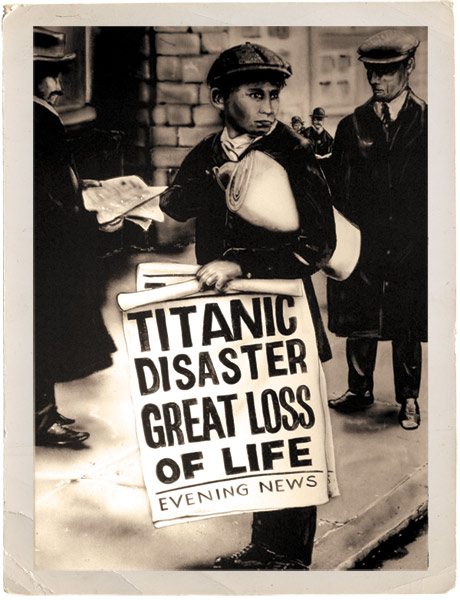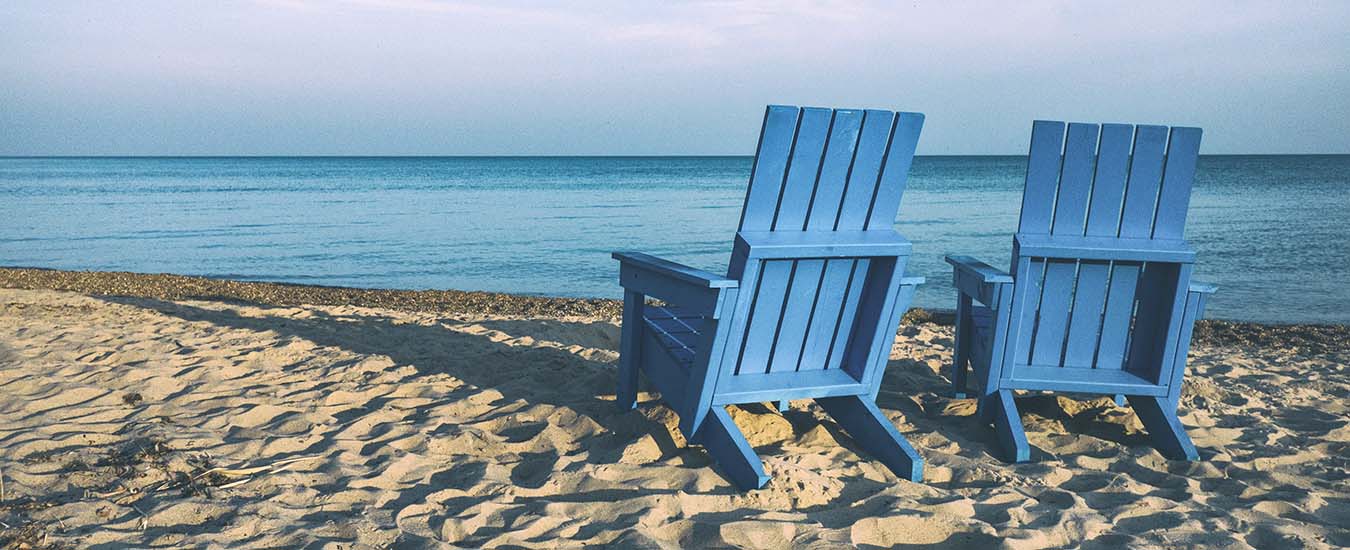The spring and summer of 2008 was a banner year for icebergs, so with the reports of "icebergs in every bay" we set off in early June for the eastern tip of Newfoundland. We also wanted to hike the Skerwink Trail-which had become so popular that it was featured on the cover of the 2008 Newfoundland Tourist Guide. So we spent our first night at nearby Port Rexton at the Fisher's Loft Inn.
The five-kilometre trail was recently named one of the top hikes in Canada by Travel and Leisure Magazine- and for good reason. The trail skirts the edge of small peninsula and the rugged cliffs and seascapes are spectacular. Although we didn't see the foxes for which the trail is known, we did see several icebergs pushed ashore by recent winds. After dinner we chatted to the owners of the Fisher's Loft Inn, John and Peggy Fisher, and they suggested we visit the community of Bonavista the next day. This change in our plans set in motion a "Titanic" theme for the rest of our trip.
We had never been to Bonavista, and saw many of the "must see" attractions-like its famous lighthouse-as well as the Mockbegger Premises and a replica of 15th century explorer John Cabot's ship, the Matthew. From the Matthew we could see an interesting collection of buildings across the bay and were told it was the Ryan Premises, now a National Historic Site run by Parks Canada. This site was named after James Ryan, a successful local businessman born in Bonavista in 1842, who built elaborate houses in Bonavista and in the capital, St. John's. His city house, built between 1909 and 1911 in one of the city's wealthiest areas, was recently opened as a five-star inn called "The Ryan Mansion." Co-owner Kevin Nolan happened to be there and gave us an impromptu tour of the house. He also pointed out a possible link to the Titanic. Oral tradition suggests the elaborate staircase and mantels were supplied by the same Belfast craftsmen who built the Titanic.
The liner and the house were both built at the same time and the staircase is built from quarter cut oak-also used in the Titanic. Kevin also showed us the elaborately carved pineapple moldings on the staircase-strikingly similar to photographs of the moldings on staircases on the Titanic.
"We plan to offer various Titanic themed events," he said. For instance, we are taking a portion of the menu from the final supper on the Titanic and will be making that available as a weekend package and we plan to have Titanic-themed teas in the afternoon," Kevin told us as we entered the ornate dining room.
The next morning. as we were treated to delicious partridgeberry waffles in the dining room, our waitress suggested that we see the Titanic exhibit at the Johnson Geo Centre. The Centre has fascinating displays about the geology of Newfoundland and Labrador, but we were especially taken with the Titanic exhibit. Like most, we had always thought of the sinking as an unlucky accident. But as the succession of display panels pointed out, the sinking resulted from a series of arrogant miscues and misjudgments by the captain and crew. While other ships had slowed to a virtual standstill due to the abundance of icebergs, the Titanic cruised along at full speed, ignoring radio warnings about the danger.
And the Marconi site at Cape Race at the southern end of the Avalon Peninsula played a major role in communicating to the world about the events on April 14, 1912 when the Titanic, perhaps trying for a trans-Atlantic speed record, had her hull popped open.
"My God, the Titanic has struck a berg!" said wireless operator Jack Goodwin at Cape Race, Newfoundland, after receiving her distress call at 10:25 pm on April 14, 1912. At 12:50 am, the final wireless calls from the Titanic requesting assistance were heard.

Shortly afterwards, newspapers commenced wiring Cape Race seeking information about the disaster. So with visions of seeing Cape Race firmly in our minds, we decided a trip to this historic lighthouse was in order. The next day we saw icebergs in almost every bay and were greeted to sunny skies and strong winds as we arrived at the historic Cape Race Lighthouse at the southern tip of the Avalon.
A side trip to see the Mistaken Point fossils was an unintended bonus, as we hiked over the barrens to the gently sloping sedimentary rocks which 575 million years ago preserved the fossilized remains of some of the world's largest multi-celled creatures of the day. Some of these fossils are unique, not having been found anywhere else, and Mistaken Point has been nominated as an UNESCO World Heritage site!
